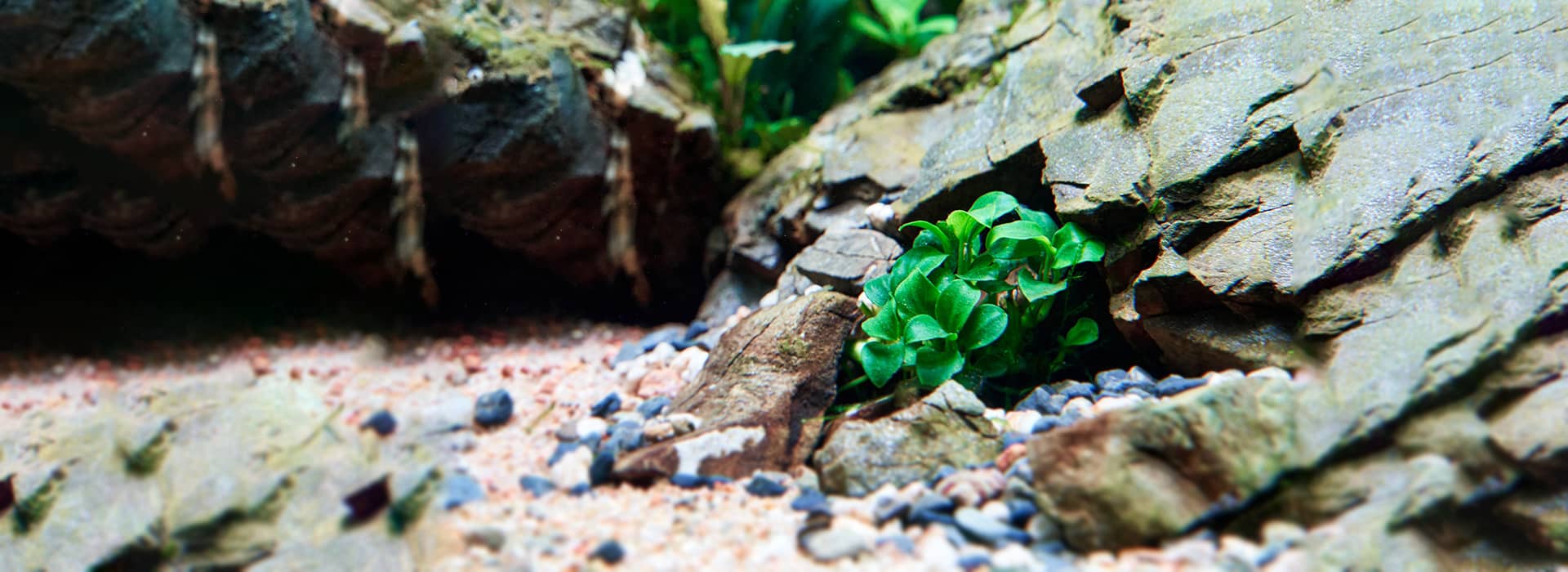The Black Molly is a peaceful freshwater variety of mollies fish native to Central America. With their sleek black bodies, they are a popular choice for both novice and experienced aquarium enthusiasts. They’re pretty chill and get along well with other fish, so they’re a solid choice if you’re looking to add some new friends to your tank.
If you’re thinking about getting some Black Mollies, here are some basic stuff you should know to ensure their happiness and health in their new home.
At a Glance
| Common Name | Black Molly |
| Scientific Name | Poecilia sphenops |
| Size | 2.4 – 3.9 inches (6 cm – 10 cm) |
| Lifespan | 2-5 years |
| Habitat / Native To | Central America |
| Diet | omnivore |
| Tank Mates | guppies, platies, swordtails |
| Color | black |
Physical Characteristics
They typically grow between 2.4 and 3.9 inches and have a lifespan of 2 to 5 years, depending on care quality. Black Mollies show sexual dimorphism, with males being smaller in size and having pointed anal fins.
Behaviour
Black Mollies are known for their tranquil demeanour, making them excellent community tank residents. They exhibit social behaviours and prefer the company of their kind, swimming actively throughout the tank.
Aquarium Setup
Tank Size
A minimum of 20 gallons (75 litres) is recommended to provide ample swimming space.
Water Condition
Maintain a temperature range of 64-82°F and a pH level between 7-8.2. Water hardness should ideally be between 7-20 °d.
Black mollies can thrive in both freshwater and brackish water environments. Some aquarists add a small amount of salt to their tank water to mimic their natural habitat, which can help reduce stress and prevent disease.
Aquascaping
Use a sandy substrate to mimic their natural habitat. Add plants such as Java moss to provide hiding spots. These will also help improve water quality, in addition to the tank’s water filter. You can add driftwood or rocks for aesthetics and additional hiding places.
Tank Mates
Black Mollies coexist well with other peaceful fish. Fish with similar care requirements, such as guppies and platies, are great tank companions. Avoid aggressive species that may bully or stress them.
Feeding
A balanced diet of plant material and protein, including high-quality flake, pellets, and occasional live foods, will ensure their nutritional needs are met.
Feed them twice or thrice a day. Give them just enough food that they can consume within three minutes.
Common Health Issues
They are generally hardy, but watch out for signs of ich and velvet disease.
Ich is a common fish disease caused by a protozoan, Ichthyophthirius multifiliis. Treatment involves adding formalin to the water and increasing salinity.
Velvet, sometimes called rust or gold dust disease, is a serious disease caused by protozoan parasites that attack the gills and skin. In freshwater fishes, the parasites that cause it are Piscinoodinium spp.
Fish with velvet will have fine yellowish spots or a thin, velvety film that can be hard to spot. They might lose their appetite, appear lethargic and scratch against rocks and other surfaces. Unfortunately, this disease can lead to high death rates.
To confirm velvet, your veterinarian will conduct a microscopic examination of the gill, skin, or fin tissue. They may recommend using chloroquine, a very effective treatment for ornamental fish. Just be sure to follow the dosing instructions carefully and plan for a follow-up check of your fish in 7 to 10 days.
Breeding
Breeding Black Molly fish requires creating the right environment. They thrive best in a tank with a higher number of females than males, ideally maintaining a 1:2 male-to-female ratio to prevent the females from becoming overly stressed by the males’ persistent attention.
Black Mollies are livebearers, meaning they give birth to live, free-swimming fry instead of laying eggs. The gestation period for females ranges from 20 to 40 days, during which they can produce between 20 and 100 fry, depending on their size and health.
A significant challenge in breeding Black Mollies is protecting the fry, as adult Mollies, like many other fish, may eat their young. To prevent this, provide plenty of floating plants or breeding boxes where the fry can hide and stay safe.
Aquarium Maintenance
Perform a partial water change (about 20-30%) every week. Use a gravel vacuum to remove debris from the substrate while siphoning out old water. Replace it with dechlorinated, fresh water.
Test the water for ammonia, nitrite, nitrate, pH, and other relevant parameters to ensure they are within safe levels. Quality testing kits can be bought from Amazon. Here are some of the brands that I’ve tried:
API FRESHWATER MASTER TEST KIT
If you notice the tank is particularly dirty or the water parameters are way off, you can clean your tank more thoroughly.
Frequently Asked Questions
Can Black Mollies live with Betta Fish?
While both species are generally peaceful, care should be taken as Betta Fish can sometimes be territorial. It’s best to monitor their interaction closely.
What is the ideal number of Black Mollies to keep together?
To prevent overcrowding and ensure a harmonious tank, aim for a small group in a spacious tank, considering the 1 male to 2 female ratio to reduce male aggression.
What are the signs of stress in Black Molly Fish?
Signs of stress include erratic swimming, loss of appetite, faded colour, and hiding more than usual.
What should I do if my Black Molly Fish is not eating?
First, check the water quality, as poor conditions can affect appetite. If water is fine, try offering a variety of foods, including live or frozen options, to entice eating. If the issue persists, consult a vet.
A Healthy Tank for Happy Black Molly Fish
With the right setup and attention to their needs, these charming fish will flourish under your care, providing a serene underwater scene for you to enjoy. Remember, a happy fish is a healthy fish, and with these guidelines, your Black Mollies will thrive.








